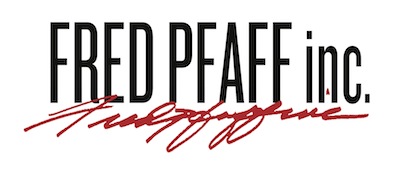Jul 09
HALF MEASURES
Just read a story on BizReport (http://bit.ly/NB7qCb) that Simon & Schuster is putting QR codes on the backs of new books. Their goal is to get people to visit the company’s and the author’s websites and sign up for an email newsletter.
Oh, cool, QR codes on books now. But BizReport writer Helen Leggatt called the real question: Aren’t you doing something more, or at least more in keeping with the spirit of how people use QR codes? Leggatt writes: “When people scan a QR Code they want something a little more stimulating and rewarding. Had the publisher linked the codes to free additional content relating to the book, say a free sample chapter or two, or even a competition to win related products, it could see more success.

This is the same thing that’s happening in hyper local mobile marketing, where campaigns underperform because marketers don’t know how to design for real consumer interaction. Like Simon & Schuster, they’re thinking of their own efficiencies (it’s a lot cheaper to sell books to a subscriber base that demonstrates interest in particular topics, authors, etc.). That’s a trap.
We use technology for a purpose. Before putting technology to work in marketing, we have to define the usage chain and grease it entirely. Otherwise, we’re guilty of half measures that can backfire on many levels. Consumers don’t get what they want, so they drop off. And some get annoyed, forming and sharing negative opinions of the marketer.
Digital interconnection means we need to think through to the end of the usage chain. Brands have to provide value at every step if they’re to keep in step. Programming meaningful experiences throughout the chain is the next frontier. We’ll all get there faster if we think of our users’ efficiencies, not our own.
